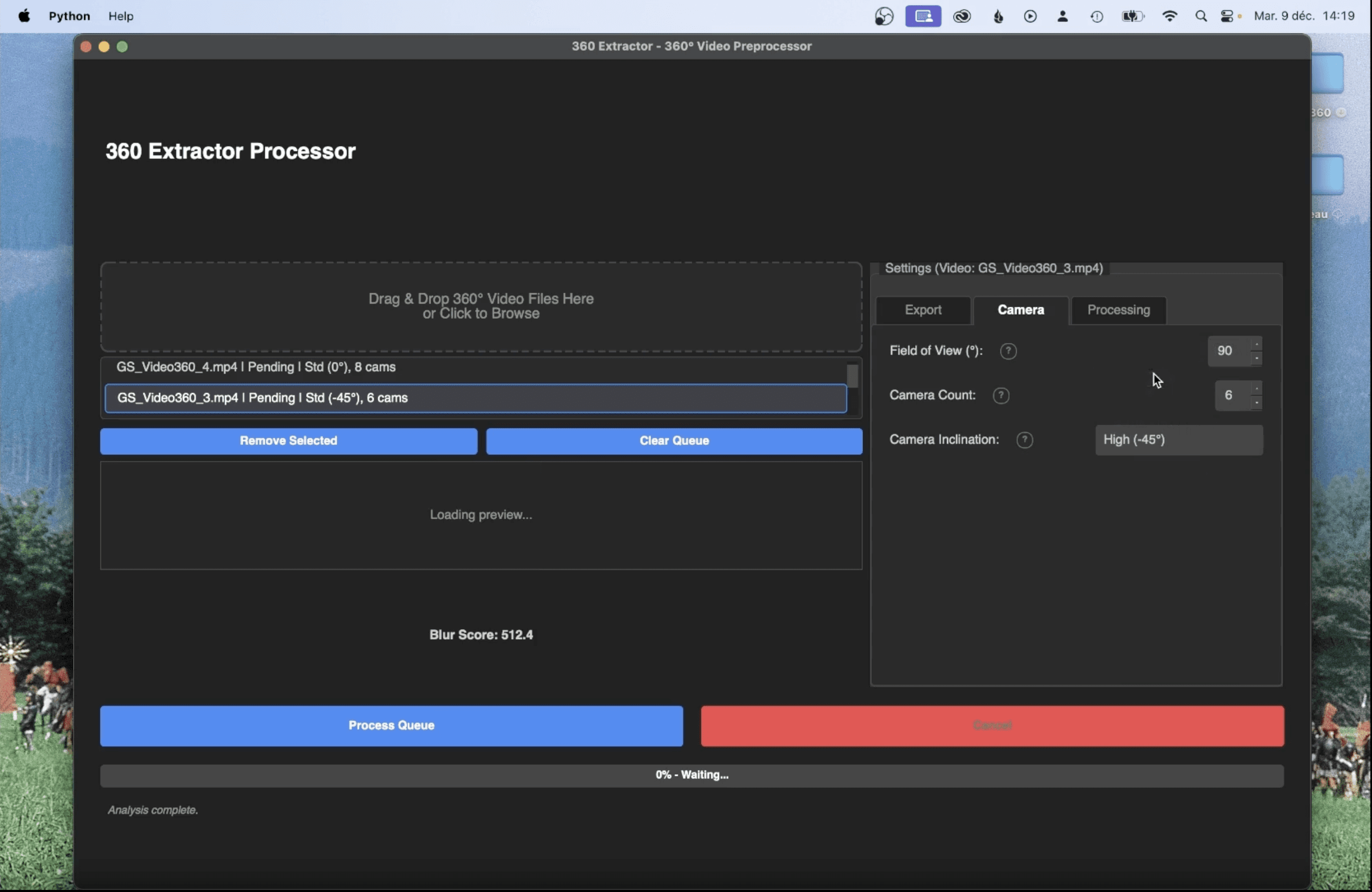
Michael Rubloff
Oct 6, 2025
Last month we saw the release of a Gaussian Splatting Decimator, and this month, the same author, Felix Hirt, is back with another open source project: the Gaussian Splatting Morphing Tool. This new utility introduces a way to create seamless transitions between multiple Gaussian Splatting models. It builds correspondences between points, interpolating everything from position and color to rotation and scale, bringing smooth, continuous morphs.
The tool functions both as a command line utility and an interactive visualizer, giving users flexibility depending on their workflow. From the command line, you can batch generate morphs between two or more .ply models, automatically building one to one correspondences based on spatial and color similarity. Under the hood, rotations are handled with spherical linear interpolation (slerp), a technique borrowed from animation and robotics that ensures realistic, fluid motion between orientations.

For those who prefer a visual approach, the included real time viewer adds an interactive slider for dynamically exploring morphs, allowing users to scrub between models and see how each attribute evolves through the transition. It’s a particularly satisfying way to watch Gaussian Splatting scenes flow from one shape to another in real time.
Built on PyTorch for GPU acceleration, the tool handles point matching, interpolation, and export. Each interpolated frame can be saved as a .ply file, ready for use in animation sequences or other 3D workflows.
Installation is straightforward by cloning the GitHub repository, which also comes with an MIT License. The release of the Gaussian Splatting Morphing Tool continues a growing wave of open source innovation around 3DGS tooling. In just the past few weeks, we’ve seen utilities like PointNuker for cleaning floaters, ContextSplat for web streaming, and now this morphing tool, all pointing toward a more creative, modular, and artist friendly future for radiance field workflows.







